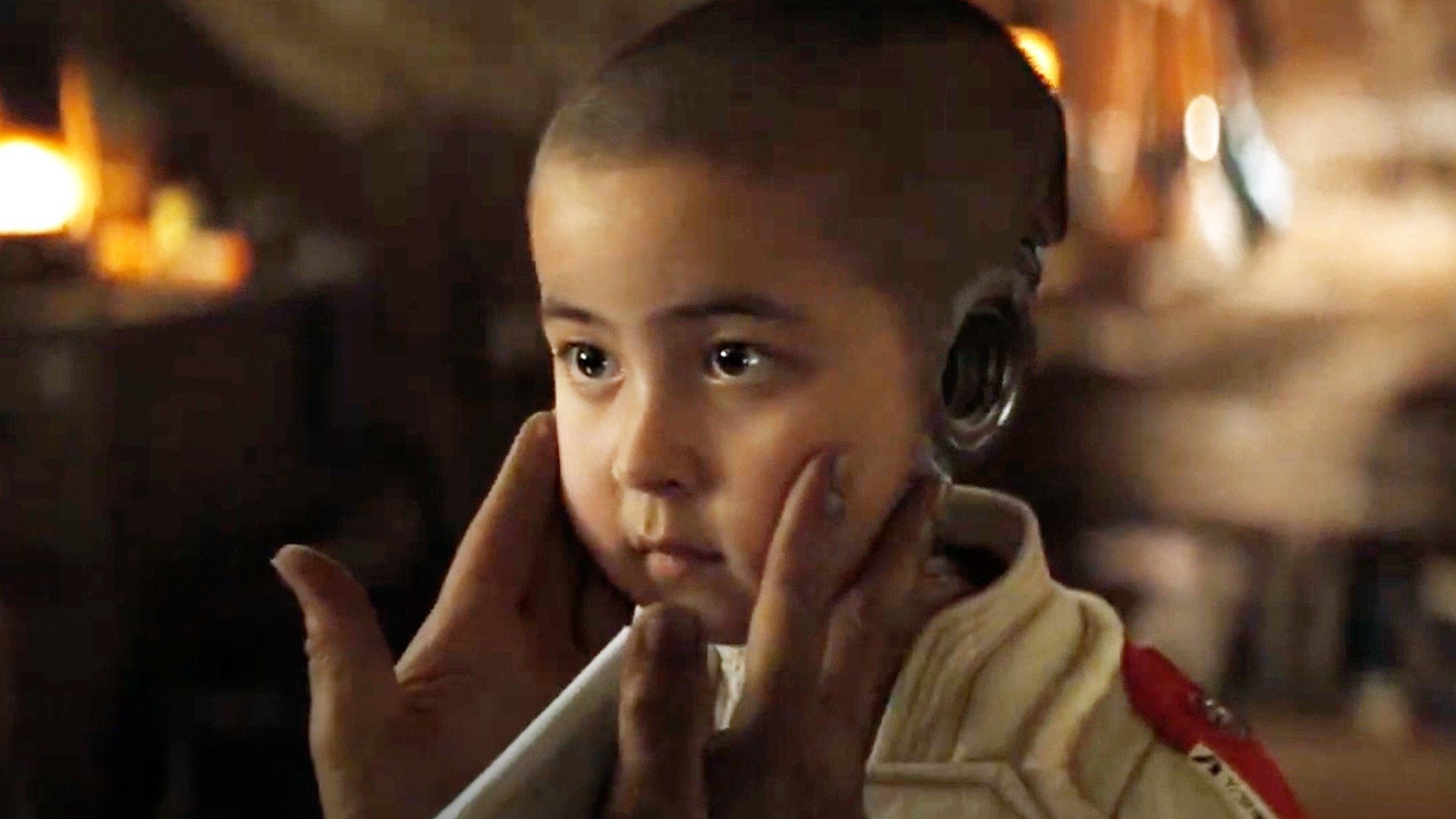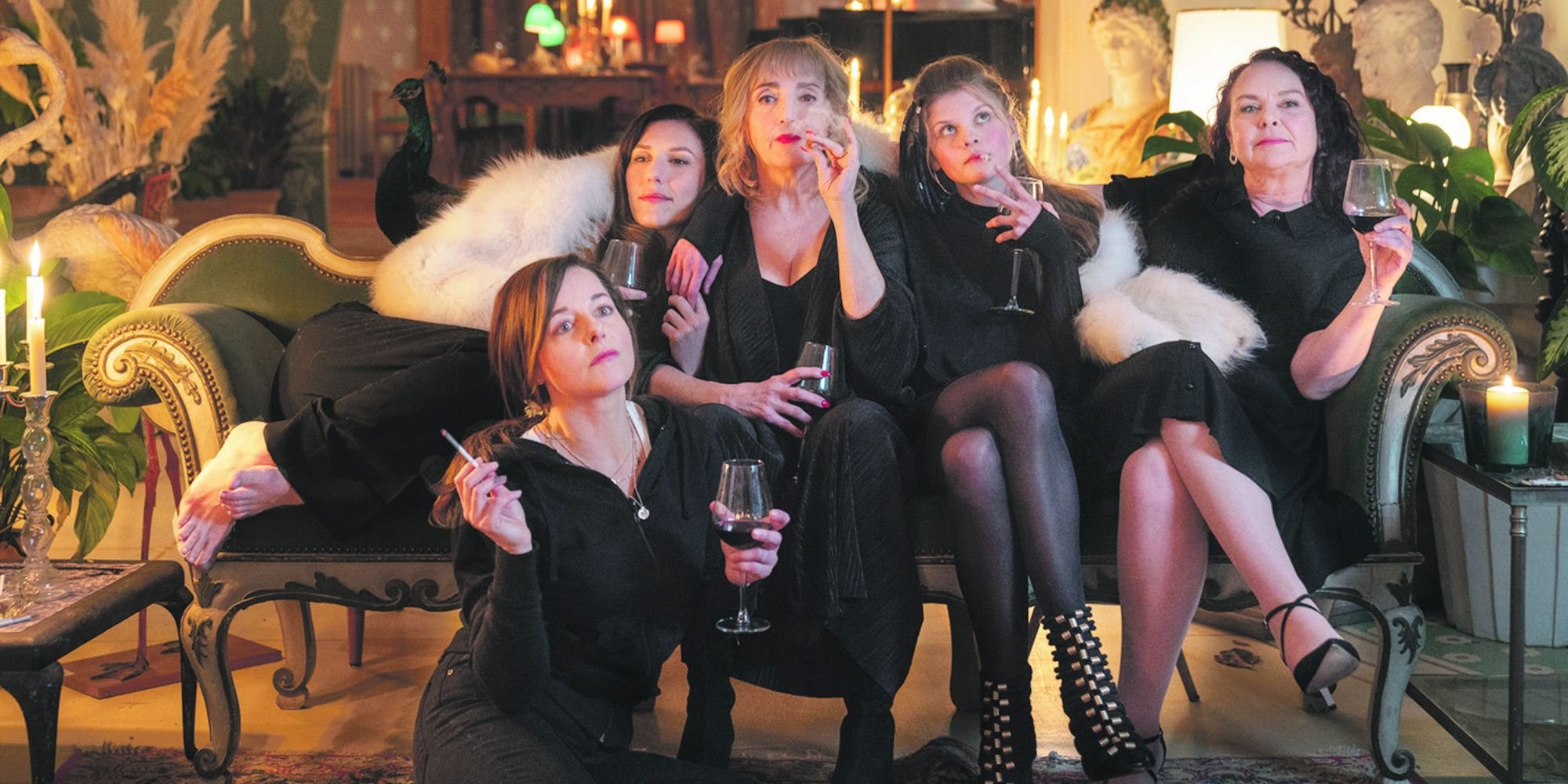MY LOVE AFFAIR WITH MARRIAGE
Directing: B+
Acting: B
Writing: A-
Cinematography: B
Editing: B+
Animation: B+
Music: B
According to writer-director Signe Baumane, at a festival screening of My Love Affair with Marriage, a scientist in the audience stood up and declared it the most scientifically accurate film they had ever seen. What a ringing endorsement! From a solitary voice that by definition does not represent scientific consensus! As reported by the filmmaker!
I don’t mean to sound flippant. At the post-screening Q&A I was at, hearing this bit of information, in the moment, I was genuinely impressed. And: for the most part, the surprisingly extensive bits about the physiology and biology behind behaviors and emotions related to romance—in an animated musical—comes across as plausibly accurate. It even features “Biology” as an incredibly charming animated character, narrating these many interludes, a cell serving as the character’s face. The only part of this that I bumped on was a reference to dueling amounts of hormones during fetal development as explanation for a man turning out to be a cross dresser, which struck me as a gross oversimplifcation, of science that is not even fully settled.
To be fair, how to handle such a concept in the context of My Love Affair with Marriage is tricky. Baumane, a Latvian-born filmmaker who is using animation to tell a largely autobiographical story here, actually did marry a Swedish man (here voiced by Matthew Modine) who revealed he was a cross-dresser after they separated—and, this was her second marriage.
And it really should be not only noted, but stressed: this is a story about much more than that, though it’s a vital chapter in the story of the central character here, Zelma (Dagmara Dominczyk). We follow Zelma not just from birth, but conception (or Inception, as the “Prologue” is titled), learn how many of her behaviors and peronality traits are traced back genetically, even to the childhood traumas of her parents. We see that she is born on the Soviet island of Sakhalin, just north of Japan; and soon thereafter moves all the way west to Latvia, where she gets a rude awakening from classmates in regards to gender norms and expectations.
We watch Zelma grow up, learn through culture to lose her confidence as a woman, gain some of it back by selling art, and then eventually get emotionally blackmailed, manipulated and abused by her first husband (Cameron Monaghan). Through all of it, we switch over to “Biology” using neural pathways and chemical reactions to explain Zelma’s decisions and behaviors, a completely objective backdrop for otherwise subjective ideas and choices. What’s happening to our brain when we fall in love? When we have sex? When we kiss? When we get depressed? When we get defensive? When we fall out of love, or fall into resentments? “Biology,” the character (Michele Pawk), may not cover absolutely everything, but she’s memorably comprehensive.
This tension between biological imperatives and erratic behaviors is what really makes the movie, My Love Affair with Marriage, for me. Baumane says she spent a year studying the science, and it really pays off.
The animation style is peculiar, with what often look like photo backdrops onto which are superimposed the animated characters, themselves animated at a low number of frames per minute. I must admit that I wasn’t much into it at first, but I got past it quickly—and the Biology interludes are especially well animated, sort of like animated films from high school health class with nuanced intellectualization. I was not quite as taken with the musical interludes, most of them sung by a trio of “Mythology Sirens,” a few of which are catchy. The best song, with lyrics by Signe Baumane and performed by Storm Large, plays over the end credits.
In the end, I was very taken with My Love Affair with Marriage—and I wish I could tell you how or where to see it. I happened to see a one-time encore showing after it was at the Seattle International Film Festival six months ago; I’m not aware of it having gotten a wide release domestically. My fervent hope is that it winds up on a streamer sooner than later, for more people to discover. This film is the epitome of specificity translating to universal relatability.
Biology illustrates how feelings and behaviors are rooted in things more complex than they might seem.
Overall: B+










